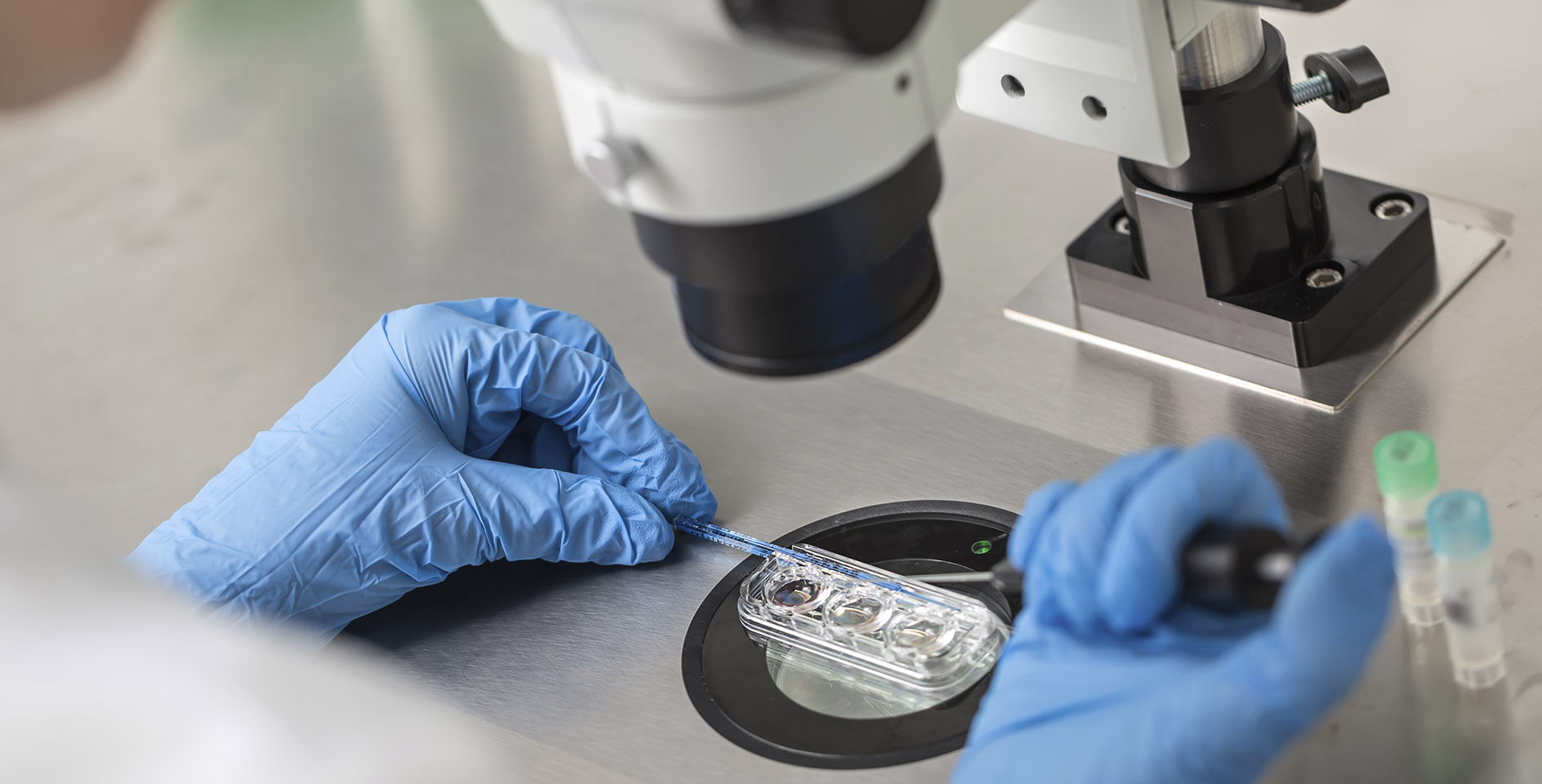Editor’s note: This is the tenth article in a monthly series on what Christians should know about bioethics.
What is an abortifacient?
An abortifacient is a chemical or drug that causes embryonic death by either killing the child directly or by preventing implantation in the uterine lining of the embryonic child. The term abortifacient means “that which will cause a miscarriage” (derived from the Latin abortus (miscarriage) and faciens (making).
How do abortifacients differ from contraceptives?
The purpose of contraceptives is to prevent conception (hence the term “contra”— against—conception). The scientific understanding of contraception is that it occurs at fertilization. The historical meaning of contraceptive—and the one still used by pro-lifers—is methods that prevent fertilization.
However, in 1972 the American College of Obstetricians and Gynecologists change the definition of conception to mean implantation of the embryo into the wall of the mother’s uterus. As physician Meghan Best explains, under the new definition, any device that prevented the embryo from implanting in the uterus could be marketed as a contraceptive.
“This change of definition means there are two classes of contraceptives,” says Dr. Best, “those that work before fertilization, the classic definition, and prevent the sperm from joining with the egg; and those that cause an early abortion by acting after fertilization.”
What this means is that some, but not all, contraceptives may have an abortifacient effect. Obviously, barrier contraceptives, such as condoms or diaphragms, which place a physical obstruction between the sperm and the egg are not abortifacients. Some devices considered contraceptives—such as the IUD or intrauterine device—are highly likely to be abortifacients because their primary function is to prevent implantation.
But there are some oral contraceptives—“the Pill”—that may or may not have an abortifacient effect. As Dr. Best explains:
There are three known actions by which the pill prevents pregnancy:
1. The pill suppresses ovulation (egg production);
2. The pill makes it difficult for the sperm to move through the cervix; and
3. The pill makes the lining of the womb thinner and hostile to the embryo implanting.
The first two actions are not controversial, as they obviously just stop egg and sperm from getting together. They are acting before fertilization. The concern is the third effect. Some Christians have argued that if the first and second mechanisms fail, so that an egg is produced and sperm do get through the cervix, then an embryo could form. If this was the case and the womb was not prepared for the embryo to implant and develop, it would put the pill into the second contraceptive category of abortifacients.
However, I think there is better evidence that if the first and second mechanisms fail and an embryo is formed, then we would also expect the third mechanism to fail (as they come as a package—all or none) and you would not have an abortion, but an unplanned pregnancy. There are disagreements about the reliability of the evidence both sides claim to support their arguments. The definitive research needed to decide the issue once and for all has not, and probably will never be, done.
Are “emergency contraceptives” abortifacients?
Emergency contraception—sometimes also known as the “morning after pill”—is a method of contraception that is taken after sexual intercourse with the intention of preventing pregnancy.
There are three main types of emergency contraception approved for use in the United States. The first type uses Levonorgestrel (Plan B One-Step, Next Choice One Dose, After Pill, Take Action, and My Way). As with oral contraception, it is unclear whether this drug has an abortifacient effect.
The second type uses Ulipristal acetate (ella), which is suspected of having an abortifacient effect.
The third type is the copper T IUD, which is also suspected of having an abortifacient effect.
Are abortifacients used to induce abortions?
The two broad methods for legal abortions in the U.S. are medical and surgical. A medical abortion (sometimes referred to as a medication abortion, chemical abortion, or pharmaceutical abortion) is a method that uses an abortifacient to stimulate uterine contractions and end the pregnancy in a process similar to miscarriage.
The FDA approved method for chemical abortions is a two-step process involving the drugs mifepristone and misoprostol. Mifepristone (brand name Mifeprex) ends a pregnancy by blocking the hormone progesterone, which is needed to maintain a pregnancy. Because this hormone is blocked, the uterine lining begins to shed, removing the child (in the embryonic state) that was attached. The second step, which occurs 24 to 48 hours later, requires taking misoprostol which causes the woman to expel the child and the uterine lining in a matter similar to a miscarriage.
What is RU-486?
The most common drug used for medical abortion is Mifeprex, the brand name for mifepristone, a drug that was formerly known as RU-486. The drug was developed in France in the 1980s and banned by President George H.W. Bush Administration’s FDA in 1989. In 1993, President Bill Clinton asked the FDA to review the ban, which was lifted in 2000.
Currently, the drug is approved by the FDA provided it is “dispensed in certain healthcare settings, specifically, clinics, medical offices and hospitals, by or under the supervision of a certified prescriber.” In 2016, the FDA extended the time the abortion pill could be taken to 70 days into a pregnancy. (Despite how the name might sound—“Are you for 86?” (“86” being slang for ejecting something or someone—RU-486 was derived from the initials of the French pharmaceutical company that patented the drug (Roussel Uclaf) and the serial number (486).)
Are abortifacients dangerous to women?
As Americans United for Life notes, numerous, well-documented studies in peer-reviewed medical journals have demonstrated that chemical abortions pose significant medical risks for women. A review of nearly 7,000 abortions performed in Australia in 2009 and 2010 found that 3.3 percent of patients who used mifepristone in the first trimester required emergency hospital treatment, in contrast to 2.2 percent of patients who underwent surgical abortions.
Women receiving chemical abortions were also admitted to hospitals at a rate of 5.7 percent following the abortion, as compared with 0.4 percent for patients undergoing surgical abortion. Another study revealed that the overall incidence of immediate adverse events is fourfold higher for chemical abortions than for surgical abortions.










